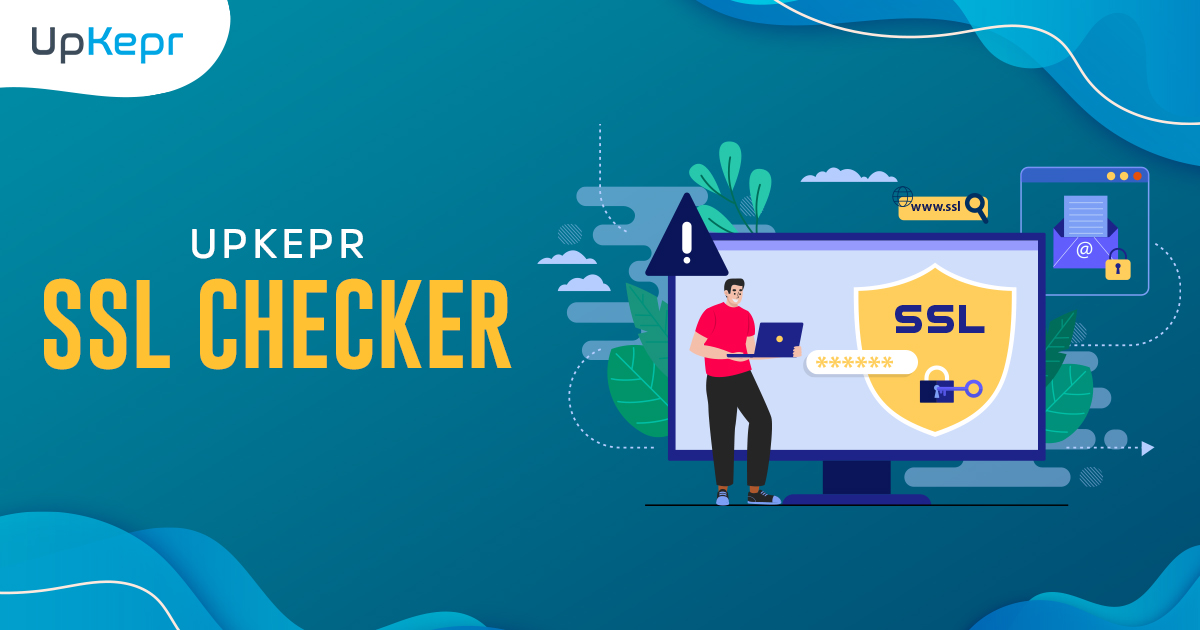
How to Check If a Website Is Legit or Fake

The internet is a vast place filled with both genuine and fraudulent websites. Scammers often create fake sites to steal personal information, financial details, or distribute malware. Knowing how to identify a fake website is crucial to protecting yourself and your business from potential cyber threats. In this guide, we will discuss essential methods to verify a website's legitimacy.
Why Checking a Website’s Legitimacy Matters
Verifying whether a website is real or fake is important for several reasons:
- Prevents Identity Theft: Fake websites often steal personal and financial data.
- Protects Against Malware: Fraudulent sites may distribute harmful software.
- Avoids Financial Loss: Scammers trick users into making fake purchases.
- Ensures Safe Browsing: Secure websites protect your privacy and browsing experience.
- Boosts Trust in Online Transactions: Consumers feel safer when dealing with verified websites.
1. Check the Website’s URL Carefully
Many fake websites mimic real ones by using similar domain names. Always double-check the URL for:
- Misspellings or Extra Characters: Legitimate sites have correctly spelled domain names.
- HTTPS Security: Ensure the URL starts with https:// rather than just http://.
- Domain Age: New domains could be a red flag. Use tools like Whois Lookup to check domain registration details.
- Unusual TLDs (Top-Level Domains): Scammers often use extensions like .xyz, .top, or .biz.
? Want to verify a website quickly? Use our free website health checker tool!
2. Analyze Website Design and Content
Legit websites invest in high-quality designs and original content. Warning signs of fake websites include:
- Poor Grammar and Spelling Mistakes: Authentic businesses maintain professional writing standards.
- Low-Quality Images and Layout: A well-designed website often reflects a reputable business.
- Lack of Contact Information: If the site has no address, phone number, or email, be cautious.
- Generic or Copied Content: Plagiarized content is a red flag.
3. Verify Contact Information and Social Media Presence
A legitimate website provides clear contact details. Check for:
- A Valid Phone Number and Email: Try calling or emailing to confirm responsiveness.
- Physical Address: Google the location to ensure it exists.
- Social Media Accounts: Authentic businesses maintain active profiles on platforms like Facebook, LinkedIn, or Instagram.
- Customer Support Options: Fake sites often lack proper customer service.
4. Look for Trust Signals and Certifications
Many legitimate websites display certifications and security badges, such as:
- SSL Certificate: A padlock icon in the address bar indicates a secure connection.
- Trust Seals: Logos from organizations like Norton, McAfee, or BBB show credibility.
- Customer Reviews and Testimonials: Check Google Reviews, Trustpilot, or the Better Business Bureau (BBB).
- Return and Refund Policies: Scam sites often lack transparent policies.
✅ Want to check if a site is secure? Use our SSL checker to verify its security now!
5. Check for Suspicious Payment Methods
Fake websites often use untraceable payment methods. Warning signs include:
- No Credit Card or PayPal Option: Scammers prefer cryptocurrency or wire transfers.
- Unrealistic Discounts or Prices: Extremely low prices are a common scam tactic.
- Unfamiliar Payment Processors: Use only well-known and trusted gateways like Stripe, PayPal, or Square.
6. Perform a Google Search and Read Reviews
Always research a website before engaging with it. Steps include:
- Google the Website Name + "Scam": Check if others have reported it.
- Read Reviews on Trustpilot, SiteJabber, or BBB: Genuine customer feedback helps assess credibility.
- Check for Media Coverage: Fraudulent sites are often reported in news articles.
- Look for Forum Discussions: Websites like Reddit often have discussions on scam sites.
7. Use Online Tools to Verify Legitimacy
Several online tools can help you check if a website is fake:
- Whois Lookup: Find domain registration details.
- Google Transparency Report: See if Google has flagged the site as unsafe.
- ScamAdviser: Provides trust scores based on various checks.
- UpKepr Website Checker: Instantly verify website security, legitimacy, and performance.
?️ Protect yourself! Use UpKepr free tool to verify any website instantly.
Conclusion
Knowing how to check if a website is legit or fake is essential for safe online browsing, shopping, and transactions. Always verify the URL, check security features, analyze website content, review trust signals, and research the business. Using tools like UpKepr can provide quick insights into a site's credibility, helping you stay safe online.



























































































 Sign Up with Google – Free
Sign Up with Google – Free Sign Up with Github – Free
Sign Up with Github – Free